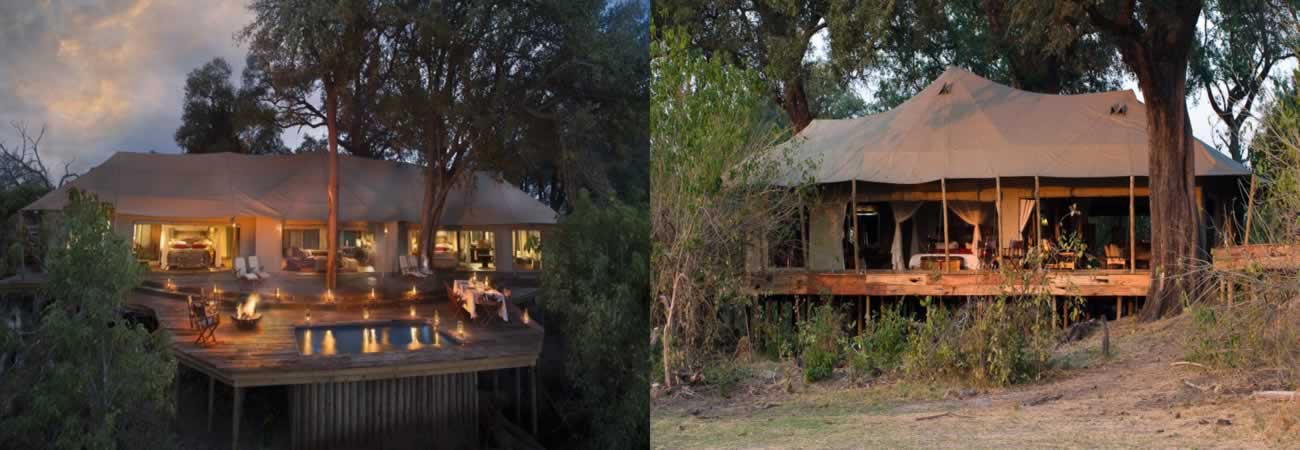Description
Zarafa is a true story about a young Maasai giraffe, who in 1826, appeared at the port of Marseilles as a gift from Muhammad Ali, the Ottoman Viceroy of Egypt, to Charles X of France. Her journey to France of over 4000 miles resulted in the Parisian crowds being captivated by the ‘beautiful African’. She was the first living giraffe Europe had seen in almost 350 years. Zarafa remained in Paris for a further 18 years until her death. Her body was stuffed and displayed in the foyer of the Jardin des Plantes in Paris for many years, before being moved to the museum at La Rochelle, where she remains today.
“It is in honour of this extraordinary Giraffe that we take great pleasure in renaming our flagship Botswana property – Zafara Camp – after her”
The newly built camp is set in an ancient Jackalberry and Red Ivory forest, with uninterrupted views of the floodplains. Zibadianja Camp is now located in the extreme east of the Selinda Reserve, and looks onto the Zibadianja Lagoon. The small waterhole in front of camp is a frequently used spot by elephants.
This is a small and intimate Camp – accommodating as it does, only 8 guests. The 4 large, uniquely designed “marquis style” canvas tents are luxuriously appointed, and extremely spacious – at some 100 metres square in size.
Each tent comprises a spacious bedroom, an en-suite bathroom with copper bath & shower and outdoor shower. The adjoining, comfortable lounge with its private pool rounds off our guest accommodation. A large shady veranda is standard as are overhead fans, as well as a beautiful handcrafted copper fireplace, strategically placed between the bathroom and bedroom for the winter months. The furniture has been designed and handcrafted specifically for Zarafa Camp and is made from recycled ancient hardwoods. The Camp recently also decommissioned its generators and now runs purely on Solar Powered energy for both front of house and back of house operations
The main area is all under canvas, with an emphasis on the view. The lounge and dining facilities may be enjoyed under cover or on the full length deck shaded by giant broadleaf trees.
Meals include a light breakfast at dawn, a hearty brunch on return from the morning activity, afternoon tea before the afternoon activity, and are completed by a three course dinner. Mealtimes can also easily be adjusted to fit-in with game viewing.
Activities are flexible, and game drives are based on the best times for game viewing – generally early morning and late afternoon continuing into the evening, when game is more active. You might also wish to take a guided morning walk, from camp. In addition, there is a sunken hide in front of camp at a waterhole.
Elephant are common, with densities during the dry season on a par with those of the Chobe National Park. The lagoon is home to numerous hippo and crocodile, along with excellent birdlife. One of Africa’s most endangered predators, the Wild Dog, is usually resident and the Selinda pack frequently dens closed to the camp. There are a good number of other species in the area, including buffalo, giraffe, zebra, wildebeest, hyena, a variety of antelope. You also have the chance to spot a number of nocturnal species on night drives.
